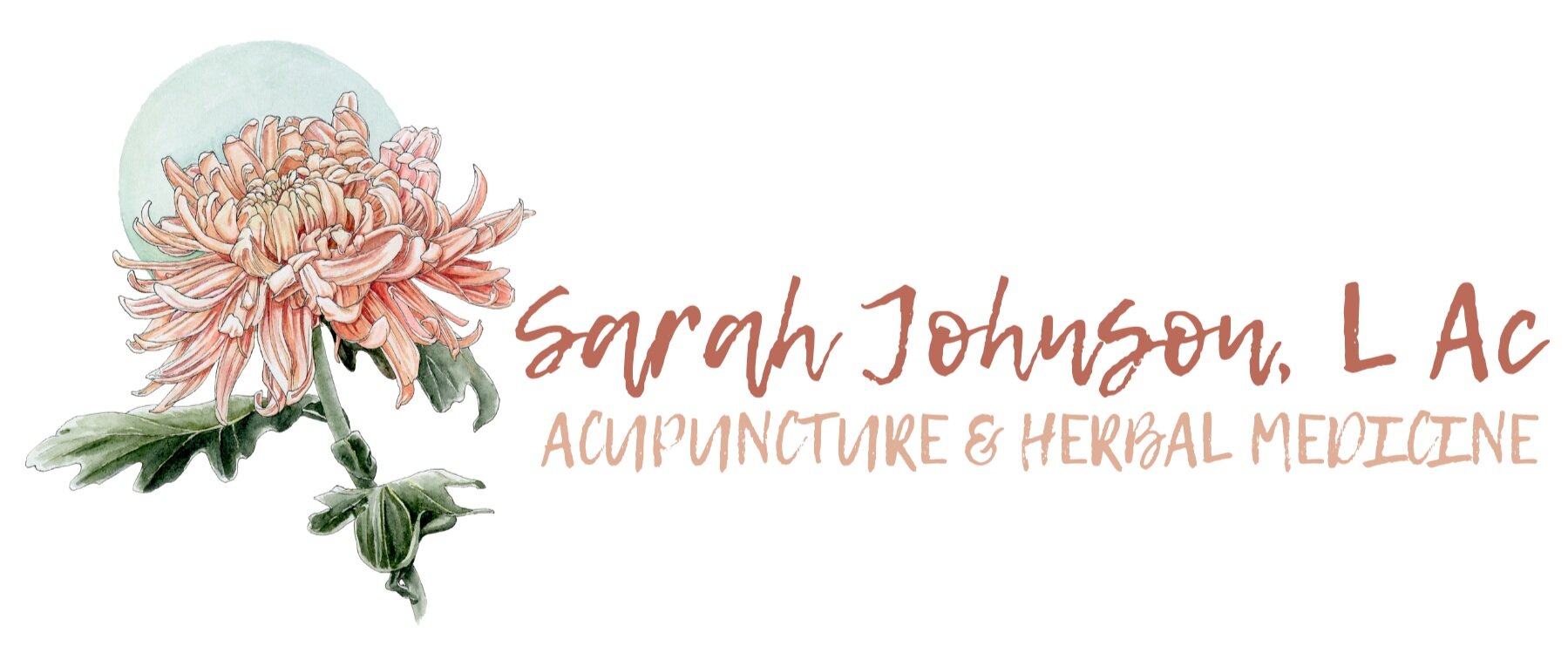Time Out. Try a Body Scan!
There has been so much going on around us over the course of a year, I think we could all benefit from this meditative exercise that helps reconnect mind and body. This is one a friend taught me several years ago when I was going through a difficult time and having trouble slowing down my racing mind.
It takes between 15 and 20 minutes, so make yourself comfortable in a room where you won’t be disturbed. Lie on your back on a mat or rug on the floor. Or bed!. Someplace comfy.. Legs can be flat on the floor or knees raised, whichever is most comfortable. You might want to cover yourself with a blanket if you get cold (like me) and rest your head on a pillow. Now, you’re ready to begin:
First, close your eyes and start to feel any sensations happening in your body. Listen to your breathing and feel your body making contact with the surface you are lying on. On every out-breath, allow yourself to let go, slowly sinking a little deeper into your space.
Starting with your head, focus on feeling its weight as it rests on the cushion. Next, introduce your forehead, noticing if there is stress or tension and if so, try to relax those muscles. Then include your eyes, nose, cheeks, mouth, chin and, finally, the ears. What sounds can you hear? Be aware of the changing sensations in your body and the pattern of your breathing. It’s natural for thoughts to wander, so don’t worry if this happens. Just guide your mind back to your body.
Slowly, move your awareness to the neck and shoulders, while remaining conscious of your breathing. Breathe into any tightness and let it go on the out-breath, releasing it from your body.
From here, extend your awareness into your arms, elbows, wrists, hands and fingers while checking in with your breathing. Do your fingers curl upwards or are your palms flat?
Slowly bring the focus to your chest. Tune in to the subtle rise and fall with each in- and out-breath. Think of the ribcage and your upper back resting on the floor. If you notice any tension, aches or pains in these areas, breathe into them and out again, releasing them from your body.
Turn your awareness to the physical sensations in the lower abdomen and stomach and any changes you feel as you slowly breathe. Place one hand on your upper chest and the other on your belly, just below your rib cage. Breathe in slowly through your nose, letting the air in deeply, towards your lower belly. The hand on your chest should remain still, while the one on your belly should rise. This is called diaphragmatic breathing.
Now, allow your focus to take in the lower back, feeling the gentle pressure as it touches the floor, before shifting your gaze to the pelvis, hip bones, sitting bones and groin. Try to connect with any sensations in these areas and be aware of your breath, slowly inhaling and then releasing pain or tension on the exhalation.
Bring your focus gently to your legs. Feel their weight, from the tops of the thighs to the bottom of the ankles. Notice any sensations. How are they resting on the floor? Is there numbness, tingling, tightness?
Finally, move your focus to the feet. Allow it to follow all the way from the underside of the toes, along the soles, to your heels. Wrap your attention to the tops of your feet, down to the tops of the toes, focusing on each one in turn.
When ready, breathe in and feel the sensation of your breath as it moves down your body and into your toes. On the out-breath, feel it returning upwards, releasing any tension or discomfort. Repeat this pattern between three and five times.
Take a few deep breaths before returning to your normal breathing pattern. To emerge from the exercise, slowly shift your weight onto one side. Open your eyes and spend a few moments here before gently easing your body to a sitting position. Again, take a few breaths before standing, making sure you are comfortable and steady.

